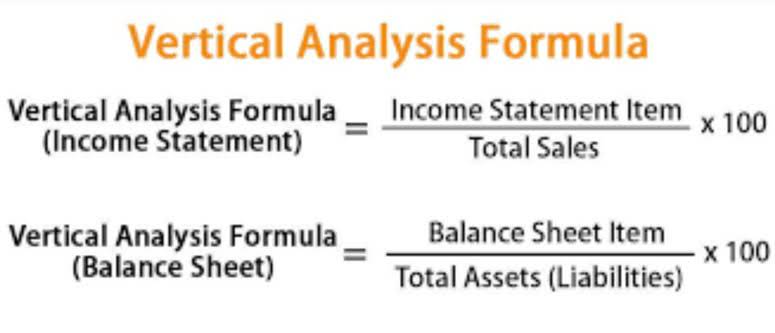2 of the Best TSX Stocks to Invest $1,000 in Right Now The Motley Fool Canada
Content

Companies that pay out retained earnings in the form of dividends may be attractive to investors, but paying dividends can also limit your company’s growth. That’s why many high-growth startups don’t pay dividends—they reinvest them back into growing the business. A statement of retained earnings shows changes in retained earnings over time, typically one year. Retained earnings are profits not paid out to shareholders as dividends; that is, they are the profits the company has retained.

Dividends can be paid out as cash or stock, but either way, they’ll subtract from the company’s total retained earnings. Cash payment of dividends leads to cash outflow and is recorded in the books and accounts as net reductions. As the company loses ownership of its liquid assets in the form of cash dividends, it reduces the company’s asset value on the balance sheet, thereby impacting RE.
How to calculate retained earnings
Now, add the net profit or subtract the net loss incurred during the current period, that is, 2019. Since company A made a net profit of $30,000, therefore, we will add $30,000 to $100,000. how to solve for retained earnings In this article, you will learn about retained earnings, the retained earnings formula and calculation, how retained earnings can be used, and the limitations of retained earnings.
In the next accounting cycle, the RE ending balance from the previous accounting period will now become the retained earnings beginning balance. Finally, calculate the amount of retained earnings for the period by adding net income and subtracting the amount of dividends paid out. The ending retained earnings balance is the amount posted to the retained earnings on the current year’s balance sheet.
Retained earnings vs. reserves
Capital gains, usually the preferred return for most investors, consist of the difference between what investors pay for a stock and the price for which they can sell it. To arrive at retained earnings, the accountant will subtract all dividends, whether they are cash or stock dividends, from the total amount of profits and losses. As stated earlier, retained earnings at the beginning of the period are actually the previous year’s retained earnings. This can be found in the balance of the previous year, under the shareholder’s equity section on the liability side. Since in our example, December 2019 is the current year for which retained earnings need to be calculated, December 2018 would be the previous year. Thus, retained earnings balance as of December 31, 2018, would be the beginning period retained earnings for the year 2019.
You can find the beginning retained earnings on your Balance Sheet for the prior period. Of course, for the more recent earnings power of the company, investors can look at the net income or earnings per share (EPS) of the company. For example, you can compare a company’s year-to-date EPS versus the same period in the prior year. Generally, investors want to see a growing trend of earnings, but cyclical businesses will naturally have cyclical earnings. In other words, you’re keeping 60% of your company’s net income in retained earnings rather than paying them out in dividends. Your beginning retained earnings are the retained earnings on the balance sheet at the end of 2020 ($200,000, for example).
Management and Retained Earnings
These reduce the size of a company’s balance sheet and asset value as the company no longer owns part of its liquid assets. Retained earnings represent a useful link between the income statement and the balance sheet, as they are recorded under shareholders’ equity, which connects the two statements. This reinvestment into the company aims to achieve even more earnings in the future. Retained earnings represent a company’s cumulative profits or earnings that have not been paid out as cash dividends to shareholders. However, there’s an opportunity cost with retained earnings, particularly if not utilized properly or if it sits unused, which can limit a company’s growth. Retained earnings are any profits that a company decides to keep, as opposed to distributing them among shareholders in the form of dividends.

These retained earnings are often reinvested in the company, such as through research and development, equipment replacement, or debt reduction. Traders who look for short-term gains may also prefer dividend payments that offer instant gains. Retained earnings are the cumulative net earnings or profits of a company after accounting for dividend payments. As an important concept in accounting, the word “retained” captures the fact that because those earnings were not paid out to shareholders as dividends, they were instead retained by the company. The retained earnings are recorded under the shareholder’s equity section on the balance as on a specific date. Thus, retained earnings appearing on the balance sheet are the profits of the business that remain after distributing dividends since its inception.
Discounted Cash Flow (DCF) Method
In the past 10 fiscal years, Alimentation Couche-Tard increased its adjusted EPS by 22.5%, which helped drive the stock price about 542% higher with little help from valuation expansion. Specifically, the stock’s price-to-earnings ratio expanded from about 16.8 times to north 17 times only. When it comes to quality stocks backed by wonderful businesses, the best time to buy them is in the past. If you have a balance sheet and want to derive the beginning retained earnings from the information you are evaluating, simply back into it by using the information on the balance sheet. If the assets column adds up to $25,000 in assets, then the liabilities and equity totals equal $25,000. In order to track the flow of cash through your business — and to see if it increased or decreased over time — look to the statement of cash flows.
- You can either distribute surplus income as dividends or reinvest the same as retained earnings.
- You will be left with the amount of retained earnings that you post to the retained earnings account on your new 2018 balance sheet.
- You can find this number by subtracting your company’s total expenses from its total revenue for the period.
- If the company did not pay out any dividends, the value should be indicated as $0.
- The dotted red line in the shareholders’ equity section of the balance sheet is where the retained earnings line item can be found.





